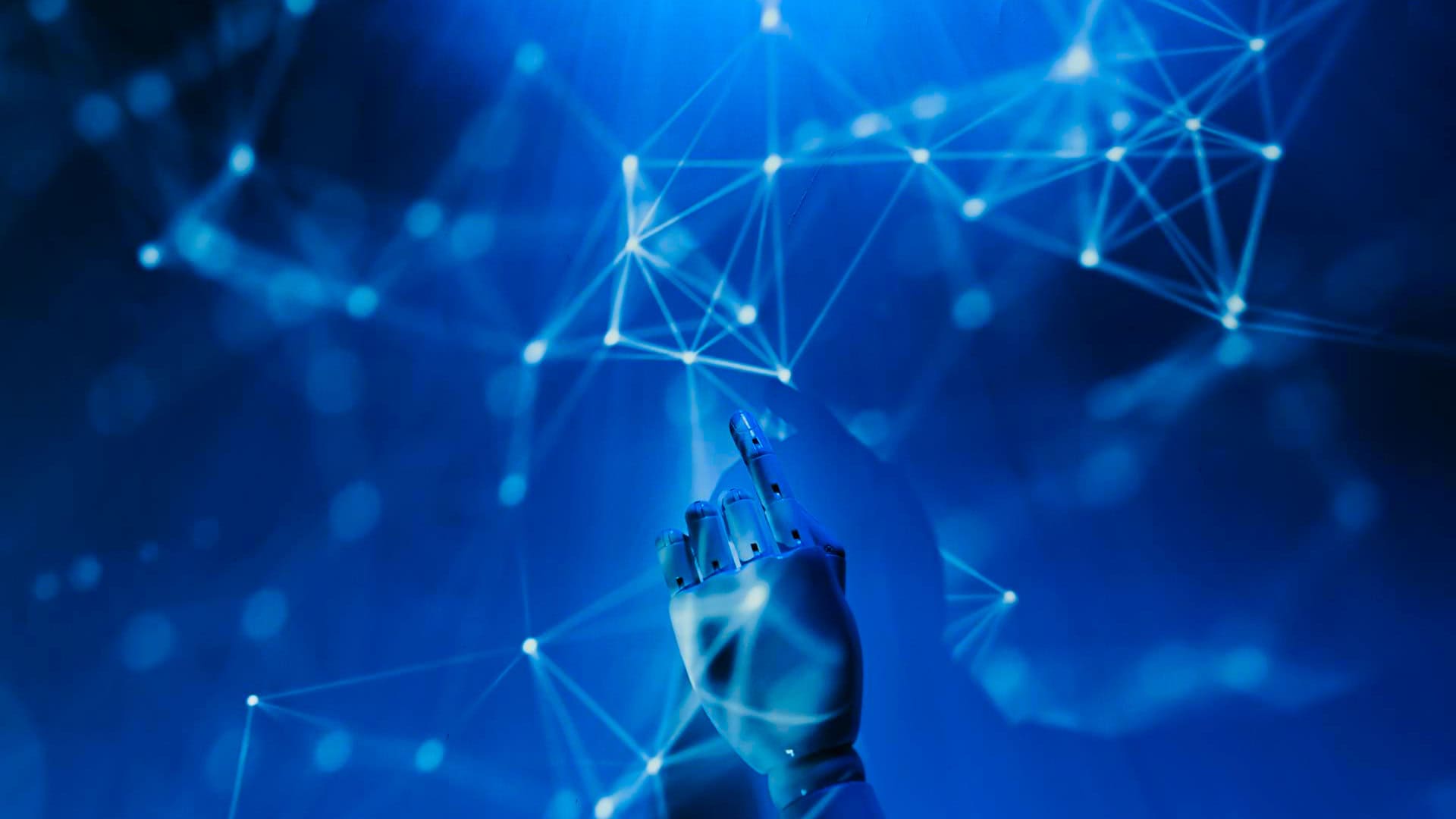Why Cybersecurity is Everyone's Problem Now
Cybersecurity has evolved from a specialized IT concern into a fundamental life skill that affects everyone's financial security, privacy, and safety. The interconnected nature of modern digital systems means that individual vulnerabilities can compromise entire networks, making personal cybersecurity hygiene a matter of collective responsibility.
Understanding why cybersecurity matters for everyone requires recognizing how deeply digital systems are embedded in daily life and how quickly cyber threats are evolving. From smart home devices to banking apps, the attack surface that threatens personal and professional security continues expanding rapidly.

The Universal Threat
Cyberattacks target individuals regardless of technical expertise, income level, or perceived importance. Automated attack tools scan for vulnerabilities across millions of devices simultaneously, making everyone a potential target rather than requiring specific targeting.
The Expanding Digital Attack Surface
Every connected device represents a potential entry point for attackers. Smart phones, laptops, home routers, IoT devices, and even smart appliances can be compromised and used to access personal information or launch attacks against other systems.
The proliferation of connected devices often outpaces security awareness and protective measures. Many users install smart home devices, use public WiFi, or download apps without considering security implications, creating vulnerabilities that extend beyond their immediate personal impact.
Personal Vulnerabilities
Weak passwords, unpatched devices, phishing susceptibility, unsecured networks, poor privacy settings.
Systemic Risks
Network propagation, supply chain attacks, infrastructure targeting, collective data breaches.
Financial Impact on Individuals
Cybercrime costs individuals billions annually through identity theft, fraudulent transactions, ransomware payments, and credential-based financial crimes. Recovery from identity theft can take months or years and cost thousands in legal fees, lost time, and credit restoration efforts.
Business email compromise scams, romance fraud, and investment scams increasingly target individuals rather than just corporations. These attacks exploit psychological vulnerabilities and social engineering techniques that don't require technical sophistication but can cause devastating financial losses.
Privacy Erosion and Data Exploitation
Personal data harvesting affects everyone through targeted advertising, price discrimination, and behavioral manipulation. Even users who don't directly share personal information are tracked through digital footprints, location data, and social network analysis.
Data brokers compile comprehensive profiles from public records, social media activity, purchase history, and online behavior, creating detailed personal profiles that can be sold to marketers, employers, insurers, or malicious actors without individual consent or awareness.
Collective Vulnerability
Individual cybersecurity failures can compromise entire networks, families, workplaces, or communities. A single compromised device can provide attackers access to shared networks, contacts lists, and connected systems, making personal security a collective responsibility.
Workplace and Professional Risks
Remote work has blurred the boundaries between personal and professional cybersecurity. Home networks, personal devices, and family internet usage can affect workplace security, while professional email accounts and cloud access present risks to personal privacy and security.
Employees at all levels can become entry points for sophisticated attacks targeting their organizations. Phishing emails, social engineering calls, and credential theft can compromise entire corporate networks through individual employee accounts, regardless of job title or technical expertise.
Critical Infrastructure Dependencies
Personal daily life increasingly depends on digital infrastructure that can be disrupted by cyberattacks. Power grids, water systems, transportation networks, and healthcare systems all rely on connected systems that can affect entire communities when compromised.
Recent attacks on pipeline systems, hospital networks, and municipal services demonstrate how cybersecurity failures can have immediate physical-world consequences affecting basic services and public safety beyond digital inconvenience.
Common Threats
Phishing, malware, ransomware, identity theft, social engineering, data breaches.
Protection Strategies
Strong passwords, multi-factor authentication, software updates, security awareness, backup planning.
Shared Responsibility
Network security, community awareness, incident reporting, security education, collective defense.
Evolving Threat Landscape
Artificial intelligence is being used by both attackers and defenders, creating an arms race where attack methods become more sophisticated while detection and response capabilities also improve. AI-powered attacks can personalize phishing attempts, create convincing deepfakes, and automate large-scale targeting.
Cloud computing and mobile-first computing have shifted many security responsibilities to service providers, but users still need to understand privacy settings, authentication options, and data sharing implications to protect themselves effectively.
Practical Steps for Individual Protection
Basic cybersecurity hygiene provides significant protection against common threats. Using unique, strong passwords with password managers, enabling multi-factor authentication, and keeping software updated prevent most opportunistic attacks that target easy victims.
Developing healthy skepticism about unsolicited communications, verifying requests for personal information through independent channels, and understanding common social engineering techniques help resist targeted attacks that exploit trust and urgency.
Community and Family Cybersecurity
Cybersecurity education and awareness must extend to family members, especially children and older adults who may be more vulnerable to certain types of attacks. Shared devices, family accounts, and home networks require coordinated security approaches.
Community-level cybersecurity awareness helps protect local institutions like schools, small businesses, and municipal services that may lack sophisticated security resources but serve essential community functions.
The Role of Technology Companies and Regulation
Technology companies have responsibilities to design secure products with privacy-protective defaults, but users must also understand their role in maintaining security through proper configuration and usage practices.
Regulatory approaches like GDPR and emerging privacy laws create frameworks for corporate responsibility, but individual awareness and action remain essential components of comprehensive cybersecurity strategies.
The interconnected nature of modern digital systems means that cybersecurity is genuinely a shared responsibility where individual actions affect collective security. Emerging technologies like AI continue changing the threat landscape, requiring ongoing education and adaptation rather than one-time security setup.
Understanding cybersecurity as everyone's problem helps shift focus from blame and reactive responses to proactive education and collective defense strategies. Government cybersecurity initiatives increasingly emphasize individual responsibility and community-level resilience alongside institutional security measures.
The future of cybersecurity depends on recognition that digital security is not just a technical problem but a social challenge requiring widespread participation and awareness. Future technologies like quantum computing will create new security challenges and opportunities, making ongoing cybersecurity education essential for everyone navigating an increasingly digital world.
